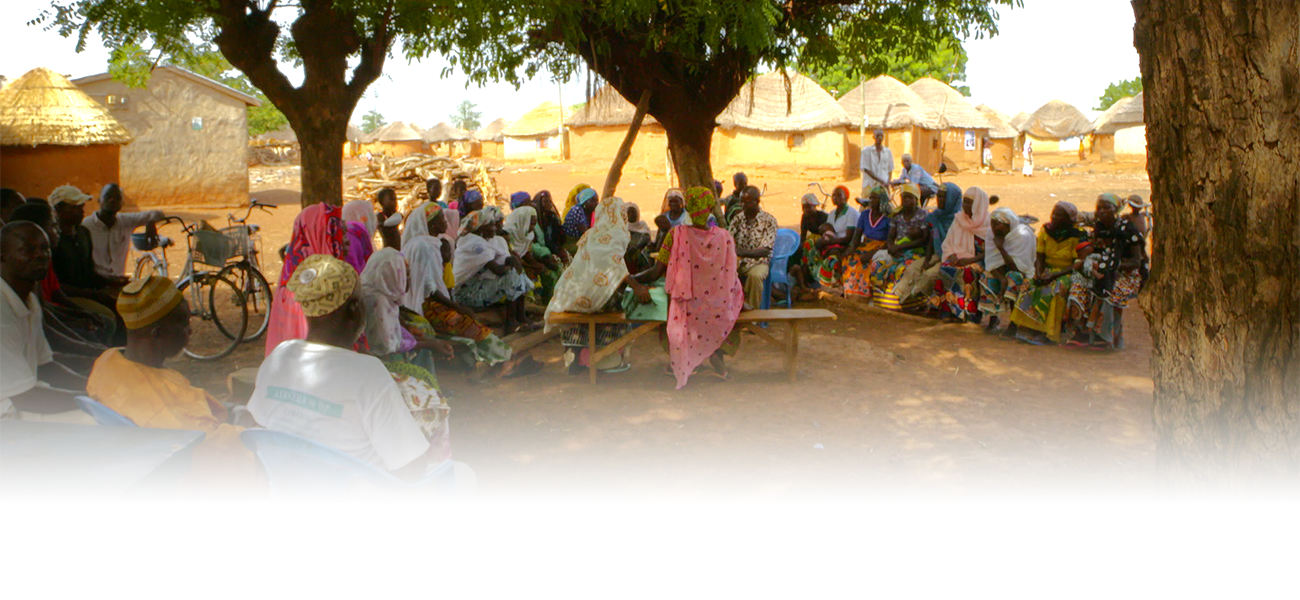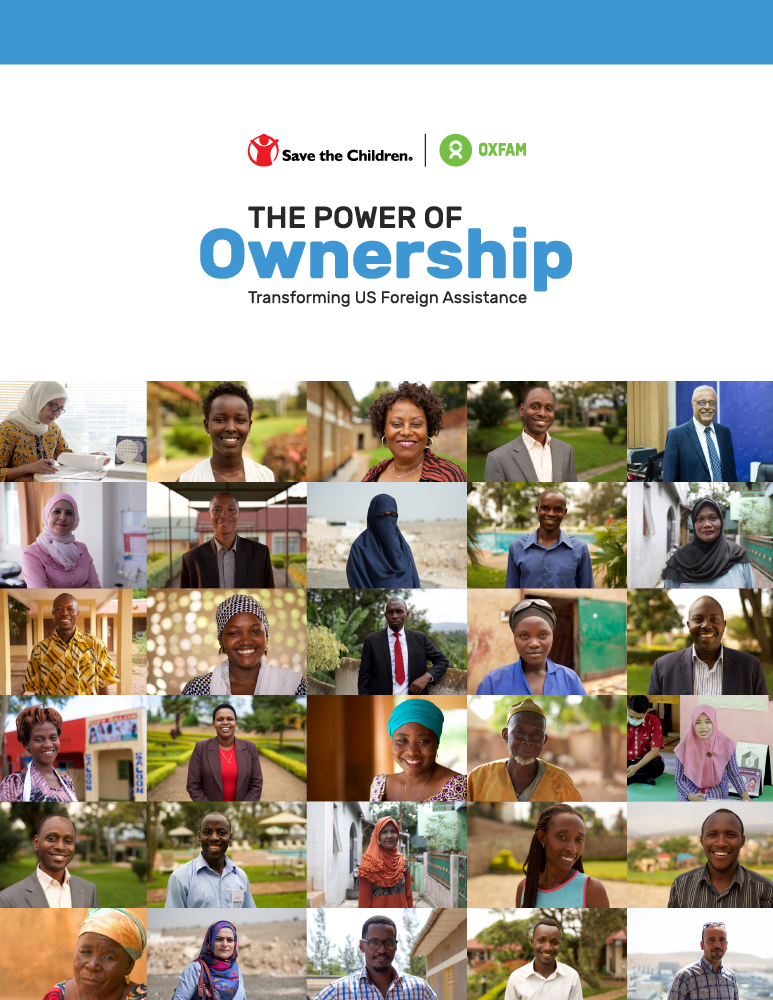How To Read The LEAF
The Local Engagement Assessment Framework (LEAF) is organized around three main dimensions of donor policy and practice. When the information is graphically displayed, the LEAF depicts a tree. The LEAF graphic includes:
- What: The phases of a project cycle, each of which are opportunities for local stakeholders to exercise influence. In the LEAF, the trunk and roots of the tree represent the “what” of the project.
- Who: The local stakeholder groups that are engaged in each of these project elements. In the tree, this element is depicted on the left-side of the trunk.
- How: The quality of local stakeholder engagement in the project. This element is displayed on the right-side of the trunk.
Taken together, these three dimensions provide an analytical framework depicting how much power and authority local stakeholders exercised over a particular aspect of a project and which local stakeholder groups had the most influence.
The farther the branch of the tree extends on the left side of the tree in the “who” section, the more local stakeholder groups were involved in a particular project phase or process. The farther a branch extends on the right side of the tree in the “how” section, the greater the degree of decision-making power exercised by the stakeholder group with the highest level of engagement. The stakeholder group with the highest level of engagement is listed at the end of the branch on the left (or “who” section). The other stakeholders that appear on the branch were engaged but to lesser degrees.
What the LEAF does not capture
The LEAF aims to capture the full array of local stakeholders involved in a project. However, the LEAF is not a normative tool that assesses which local actors should be involved at a particular stage of a given project. The list of local actors involved in each project was determined through project documents and stakeholder interviews.
While this project intends to highlight the roles and leadership of specific groups in development projects — for example, women and girls, refugees, ethnic minorities, and urban or rural communities – the current version of the LEAF itself does not place a special emphasis on marginalized and excluded communities. Nonetheless, voices and perspectives from these communities are present in the case studies, and when available information permits, an examination of their involvement in the project is highlighted in the LEAF analysis.
Learn more about the LEAF methodology in the report.

